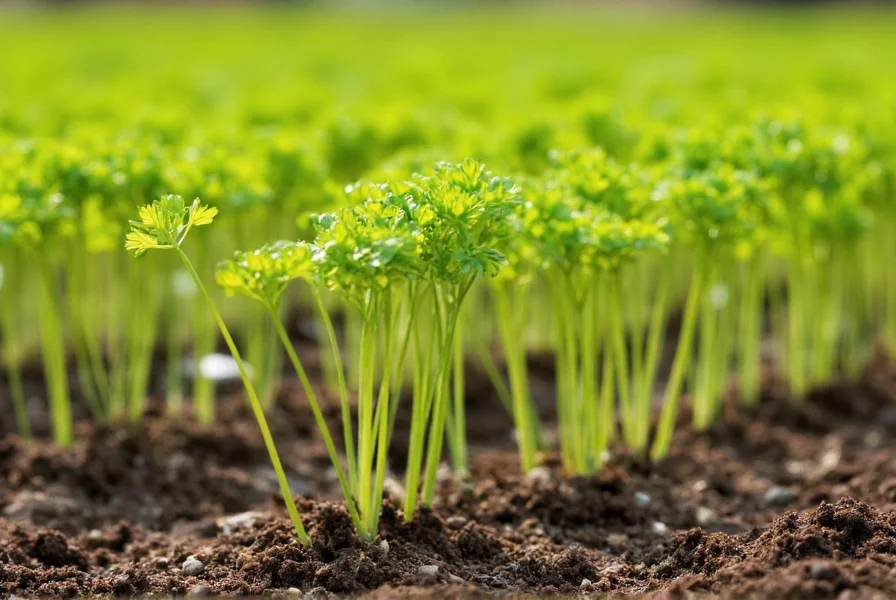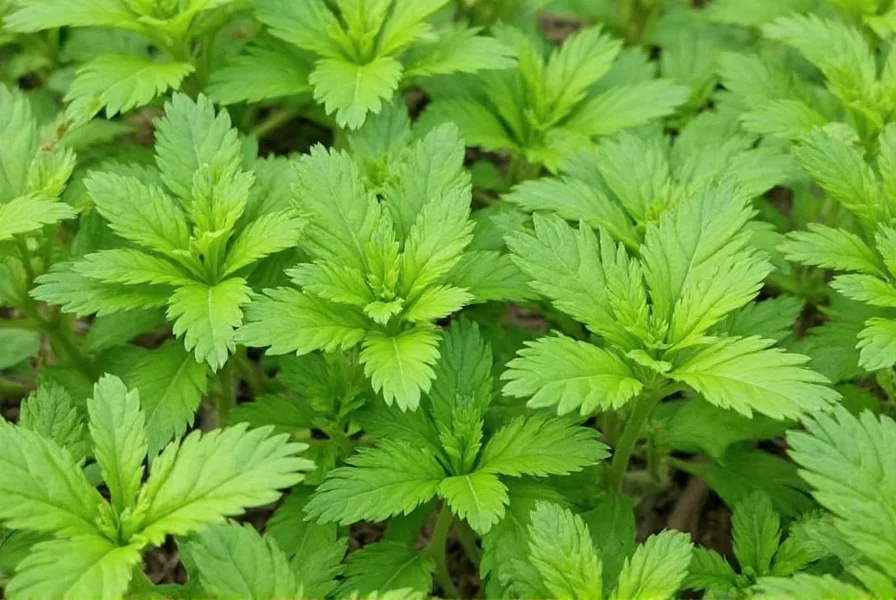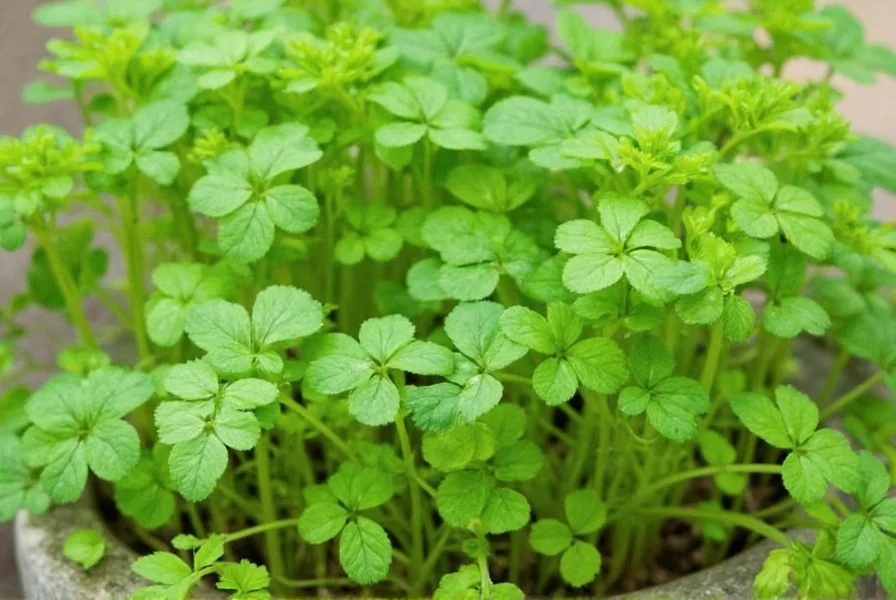Coriander, known as cilantro in its leafy stage, is a cool-season annual herb prized for both its fresh leaves and aromatic seeds. Timing your planting correctly makes the difference between a thriving crop and premature bolting. This comprehensive guide details exactly when to grow coriander for maximum yield in your specific climate zone.
Understanding Coriander's Temperature Requirements
Coriander thrives in moderate temperatures and bolts quickly when exposed to prolonged heat. The plant's optimal growing range spans 50-85°F (10-29°C). When temperatures consistently exceed 85°F, coriander shifts energy from leaf production to flowering and seed formation.
For gardeners in USDA hardiness zones 3-7, the spring planting window opens 2-4 weeks before your last expected frost date. In warmer zones 8-11, fall planting yields better results as the herb grows through winter and early spring.

Regional Planting Schedules for Coriander
Successful coriander cultivation requires adapting to your specific climate. Here's a breakdown by region:
| Climate Zone | Spring Planting Window | Fall Planting Window | Special Considerations |
|---|---|---|---|
| Northern (Zones 3-5) | March-April | August-September | Use shade cloth during summer heat waves |
| Moderate (Zones 6-7) | February-March | August-October | Succession plant every 3 weeks |
| Warm (Zones 8-9) | January-February | September-November | Plant in partial shade locations |
| Tropical (Zones 10-11) | Not recommended | October-March | Requires consistent cool microclimate |
Succession Planting for Continuous Harvest
To maintain a steady supply of fresh coriander leaves, implement succession planting. Sow new seeds every 2-3 weeks throughout the optimal growing season. This technique prevents the common problem of having all your plants bolt simultaneously when temperatures rise.
When planning your coriander growing schedule, consider these practical tips for determining when does coriander grow best in your garden:
- Monitor soil temperature with a garden thermometer before planting
- Start seeds indoors 4-6 weeks before last frost for head start
- Use mulch to maintain consistent soil temperature
- Choose slow-bolting varieties like 'Slo-Bolt' for warmer climates
- Plant near taller crops that provide afternoon shade
Avoiding Common Timing Mistakes
Many gardeners make critical errors when deciding when to plant coriander seeds. The most frequent mistake involves planting too early in spring when soil remains too cold. Coriander seeds germinate poorly in soil below 50°F and may rot before sprouting.
Another timing issue occurs when gardeners plant only once per season. Since coriander has a relatively short productive window before bolting, single plantings often yield just one harvest. For continuous leaf production, implement the recommended succession planting schedule.

Harvesting at the Right Time
Harvest coriander leaves when plants reach 6-8 inches tall, preferably in the morning when essential oils are most concentrated. Cut outer leaves first, allowing the center growth to continue. For seed production, wait until flower heads turn brown and dry on the plant.
Understanding when to grow coriander properly ensures you maximize both leaf and seed production. By aligning your planting schedule with local climate conditions and implementing succession planting, you'll enjoy fresh cilantro throughout the growing season.
Frequently Asked Questions
Can I grow coriander indoors year-round?
Yes, you can grow coriander indoors year-round with proper conditions. Maintain temperatures between 60-75°F, provide 6+ hours of direct sunlight or equivalent grow lights, and ensure good air circulation. Indoor containers should have drainage holes and use well-draining potting mix. Water when the top inch of soil feels dry.
How long does it take for coriander to grow from seed?
Coriander typically germinates in 7-14 days when soil temperatures are between 55-70°F. Plants reach harvestable size for leaf production in 3-4 weeks. From seed to mature seeds (coriander), the full growth cycle takes 8-10 weeks. Cool temperatures extend this timeline slightly while warmer conditions accelerate bolting.
Why does my coriander keep bolting too quickly?
Coriander bolts quickly due to high temperatures (above 85°F), insufficient water, or overcrowded plants. To prevent premature bolting, plant during cooler seasons, maintain consistent moisture, provide afternoon shade in warm climates, and choose slow-bolting varieties. Succession planting every 2-3 weeks ensures you always have young plants before older ones bolt.
When should I stop planting coriander in fall?
Stop planting coriander 6-8 weeks before your first expected frost date. This allows enough time for seeds to germinate and plants to reach harvestable size before cold temperatures halt growth. In mild winter climates (zones 8-10), you can continue planting through fall for winter harvests.











 浙公网安备
33010002000092号
浙公网安备
33010002000092号 浙B2-20120091-4
浙B2-20120091-4